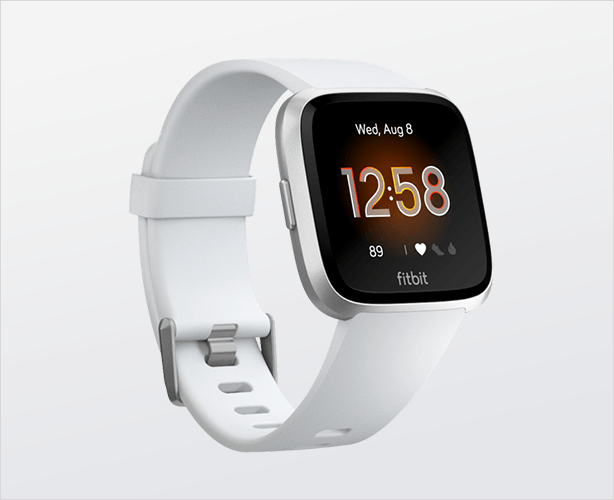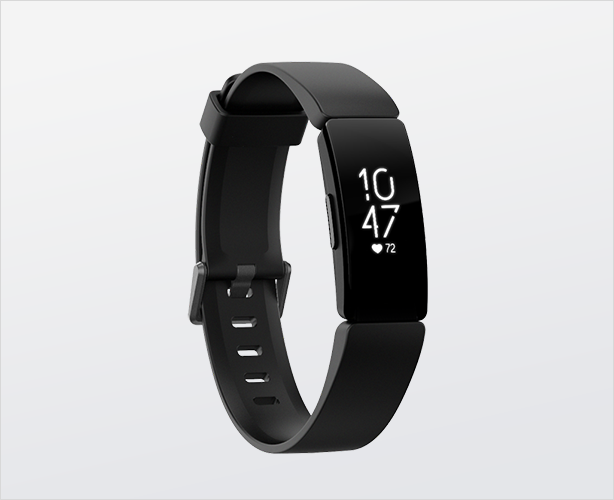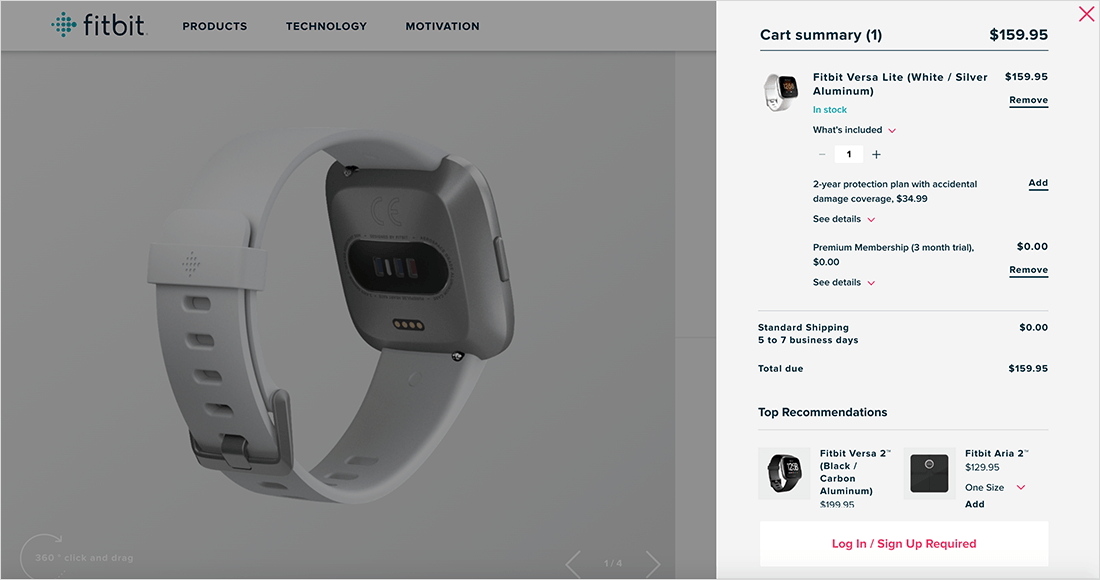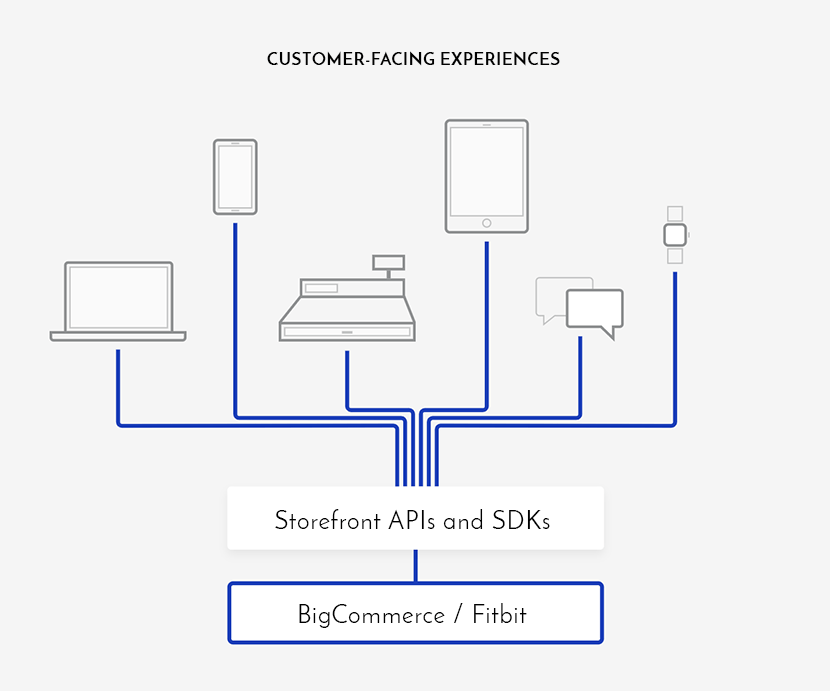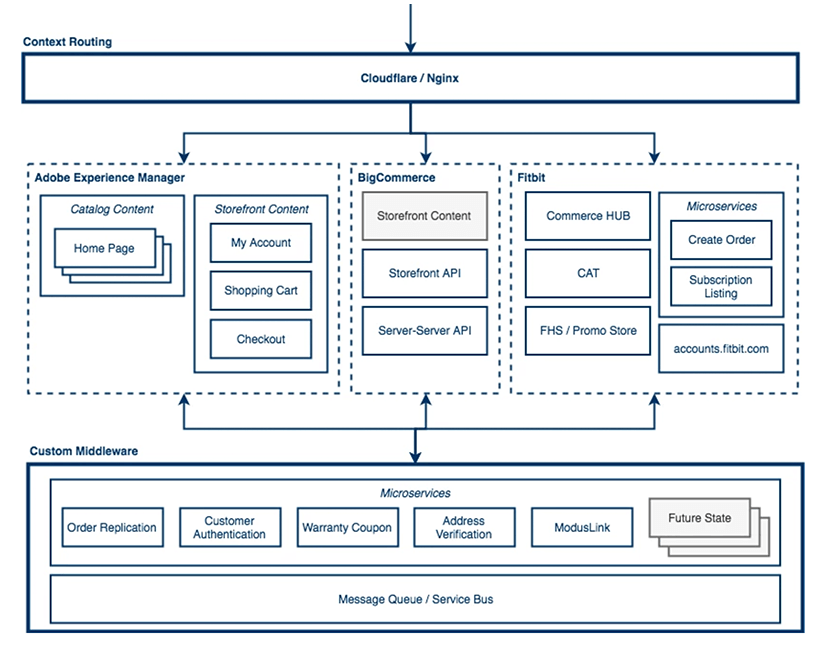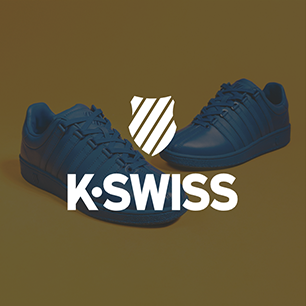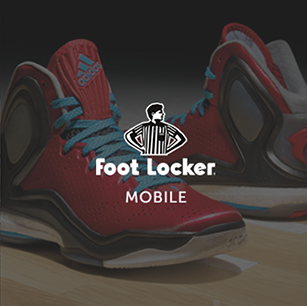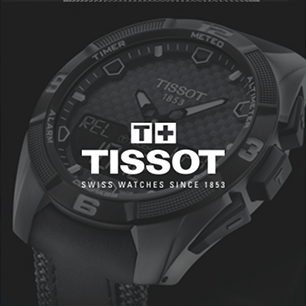- Case Studies
-
Services
Services
-
Web Development
Combine Guidance's technical depth and world class CX for intuitive digital experiences.
-
Customer Experience
Proven conversion rate optimization (CRO) strategies and award winning creative to elevate your brand storytelling.
-
B2C Ecommerce
Optimize the path to purchase and boost conversion for long term success.
-
B2B Ecommerce
Transform channel cannibalization into new market penetration and profitability.
-
Web Development
-
Platforms
Platforms
-
Adobe Commerce (Magento)
User-friendly interface, drag-and-drop capabilities, and in-line editing to create experiences that integrate seamlessly on mobile, social, or in-store
-
Optimizely (Episerver)
Fully integrated and specifically designed for modern ecommerce, content, merchandising and marketing
-
BigCommerce
Sell more at every stage of growth, from small startups, to mid-market businesses, to large enterprises with the leading Open SaaS solution
-
Shopify Plus
Launch quickly with the omnichannel enterprise platform where you can start, grow, and scale your business—backed by an ethical pricing model.
-
- About Us
- Blog
- CONTACT US

